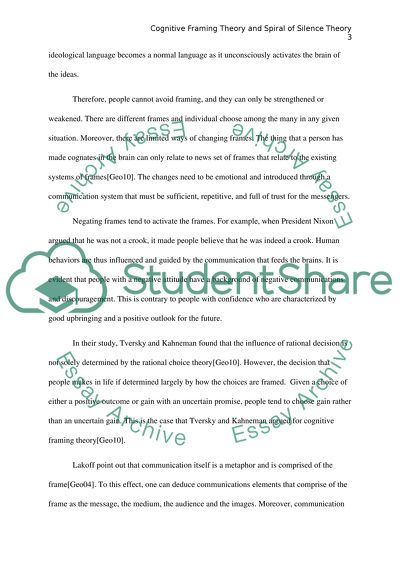Cite this document
(“Cognitive Framing Theory and Spiral or Silence Research Paper - 1”, n.d.)
Retrieved from https://studentshare.org/journalism-communication/1682657-cognitive-framing-theory-and-spiral-or-silence
Retrieved from https://studentshare.org/journalism-communication/1682657-cognitive-framing-theory-and-spiral-or-silence
(Cognitive Framing Theory and Spiral or Silence Research Paper - 1)
https://studentshare.org/journalism-communication/1682657-cognitive-framing-theory-and-spiral-or-silence.
https://studentshare.org/journalism-communication/1682657-cognitive-framing-theory-and-spiral-or-silence.
“Cognitive Framing Theory and Spiral or Silence Research Paper - 1”, n.d. https://studentshare.org/journalism-communication/1682657-cognitive-framing-theory-and-spiral-or-silence.


